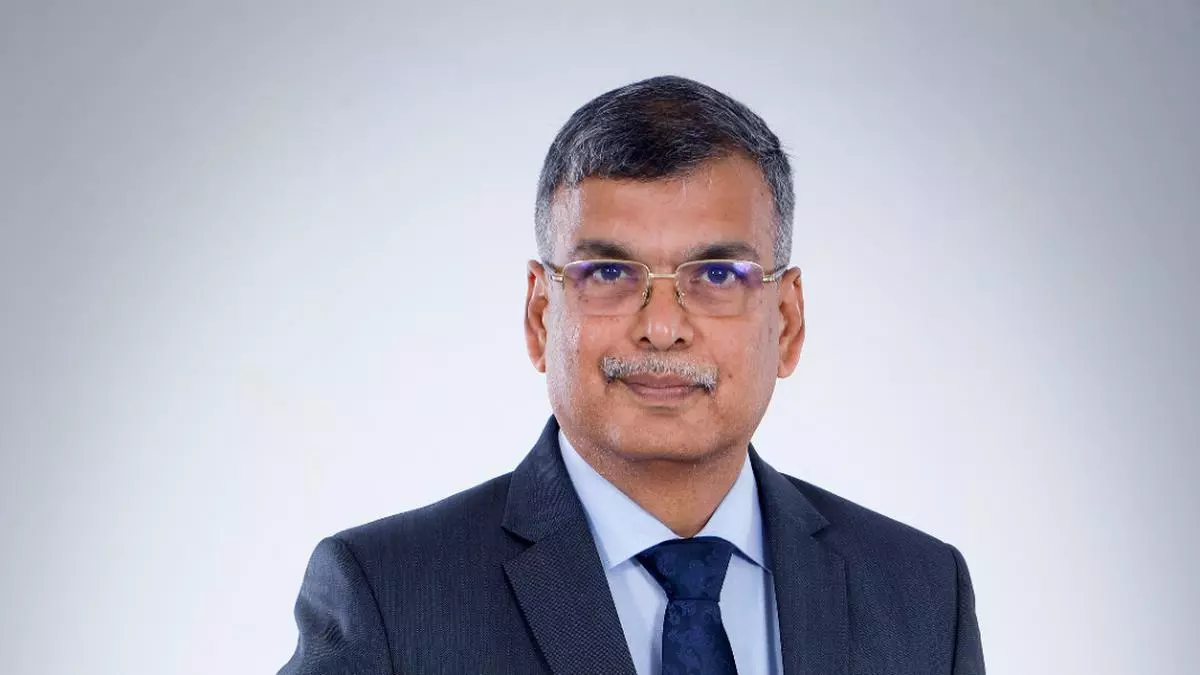We were confident about the success of the merger: DV Ravi, Shriram Capital
Known as the rainmaker of the Shriram group, and the silent hand in the mega-merger of Shriram Finance, D.V. Ravi, Vice-Chairman, Shriram Capital, believes it’s time to see the businesses grow to the next level. He wouldn’t focus on acquisitions merely to gain scale, he explains in this interview with businessline. Edited excerpts:
Why ARC and why now?
We see a lot of potential in the retail pool in the market and since there are no major players, we decided to examine it. It is another initiative, not necessarily our next big thing. It’s not that we are going to buy pools across assets with Rs 300 crore. We are not a group that will jump (into a business) and burn capital. The ARC business is about how you value the portfolio and the pool that comes in. If you look at how we started our life insurance and general insurance businesses, we put in only Rs 105 crore and Rs 170 crore. The dividend we’ve earned is much more.
You are a diversified NBFC and yet the recall is for the vehicle finance business. Does it bother you?
It will happen over time as the other businesses grow in size. About 20-25 years back, if asked what the Shriram group was about, you would have said Shriram Chits. Today, you’re saying Shriram Finance… 20 years from now it could be general insurance or life insurance or vehicle finance.
With over 4x capital adequacy, would you consider acquisitions to grow scale in the general insurance space?
No. We don’t go by league tables. We are comfortable with the business model and unless an acquisition is beneficial, we won’t consider it. For instance, many have gone aggressive with health insurance. Many of the foreign partners of other insurance companies have exited. Both could be acquisition opportunities. But if you look at the valuation metrics, the net worth is much lower or negative. We have grown in a particular manner and integrating those businesses would be painful and cost negative for us.
What next for the group?
The businesses have to grow and in that context we need to see how we get the ecosystem into play effectively and across businesses. Because these are the main areas in which we are already present, we need to look at adjacent areas in which we may not be very big, but see whether that some of our strengths can be explored. For example, our wealth management business in the overall scheme of things will be marginal. But these are the initiatives we are looking at.
As the thought leader behind the Shriram Finance merger, are you satisfied that it has exceeded market expectations?
We always knew that it was going to happen that way. There was scepticism in the marketplace about whether the merger would happen. But we were confident. We did not rush through it. Whatever the market feedback, we take our time, evaluate and move in at a time when we are confident it is going to succeed.
You are a financial conglomerate minus bank licence, which you’ve attempted twice in the past…
Currently, we are not thinking about it because we want to focus on our business. If we have to look at banking, we need to understand the aspects that we need to focus on — the balance sheet size, how to redo the liability profile of the enterprise, etc. We have just been categorised as an upper layer NBFC and need to see how the regulations evolve. We are addressing the requirements needed of an upper layer NBFC.
At the industry level, there is a lot of noise on creating a level playing field among deposit-taking NBFCs…
I think that is for the regulator to decide. But that applies in many areas. Erstwhile licensed banks had banks and NBFCs, but the new ones have come through a different structure. Regulation evolves and we need to go with the regulation.
There’s a lot of speculation on whether Shriram Housing will remain part of the group…
The business is growing fast and there may be capital requirement down the line. At that juncture we will take a call. The holding company itself can put in the money, it can also look at an appropriate time if an IPO is required.
Without a strong promoter face many companies have been vulnerable to the threat of acquisition. As a professionally run group, how do you see it?
Ours is a very large, diversified set of businesses and I don’t think anybody can do a direct hostile acquisition. It needs to be a discussion about where they will come in as a partner. For example, Sanlam has been with us for a long time. They came into the life insurance business in 2005, joined non-life in 2008, and then came into Shriram Capital. They’re keen on bringing in more funds. We have grown with partnerships whenever there is a need for capital. But nothing in the near term.
